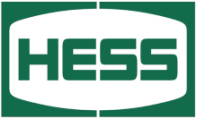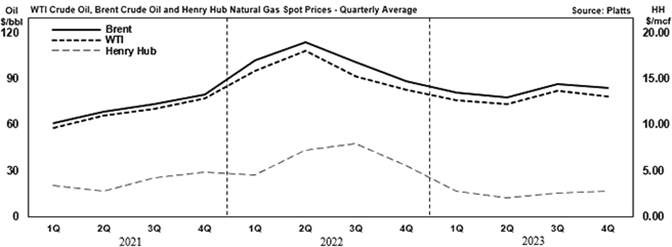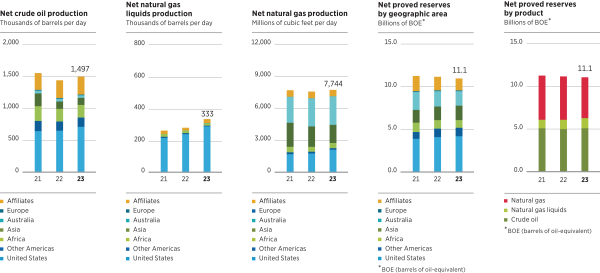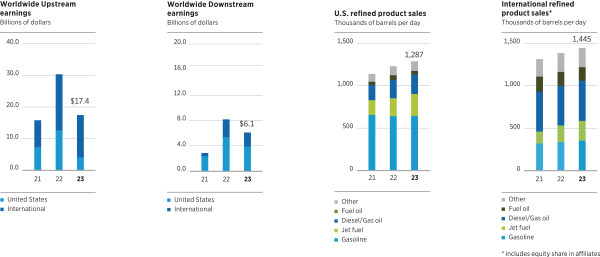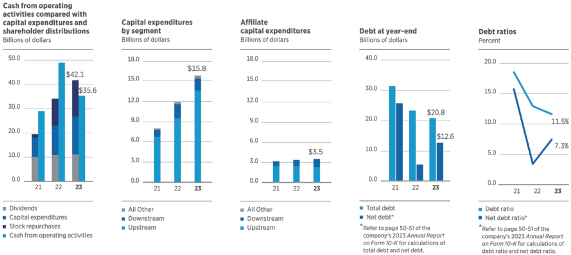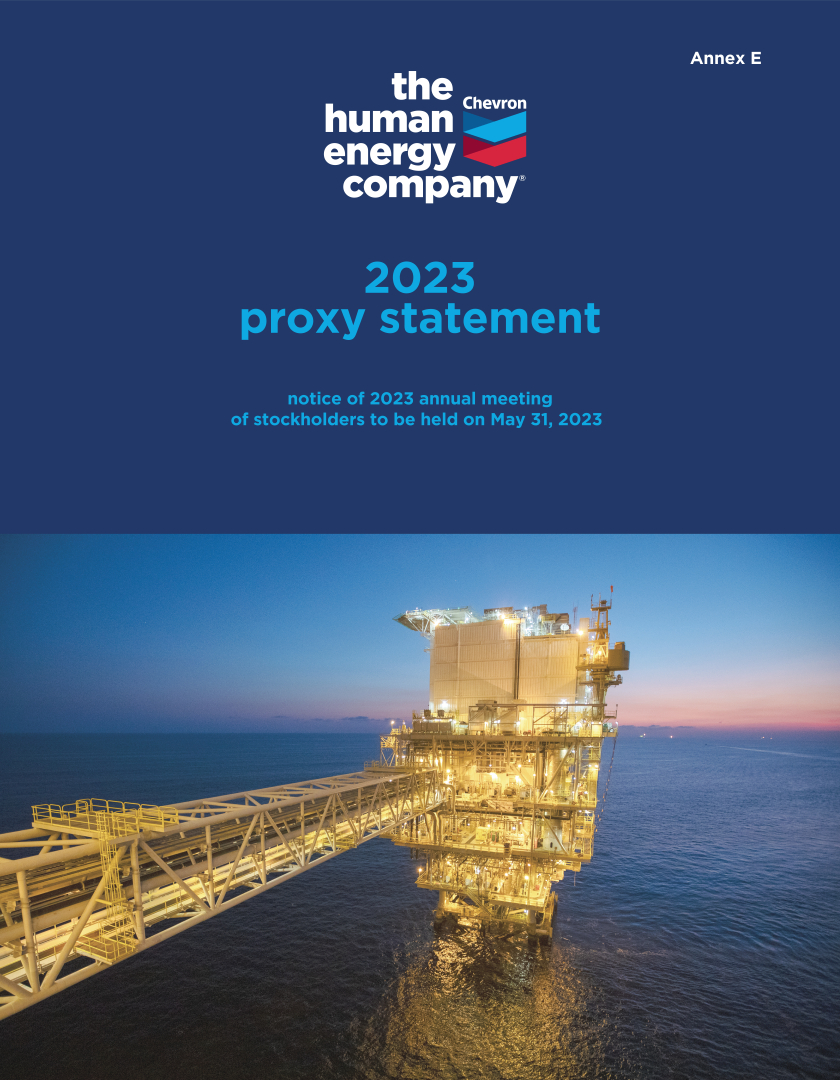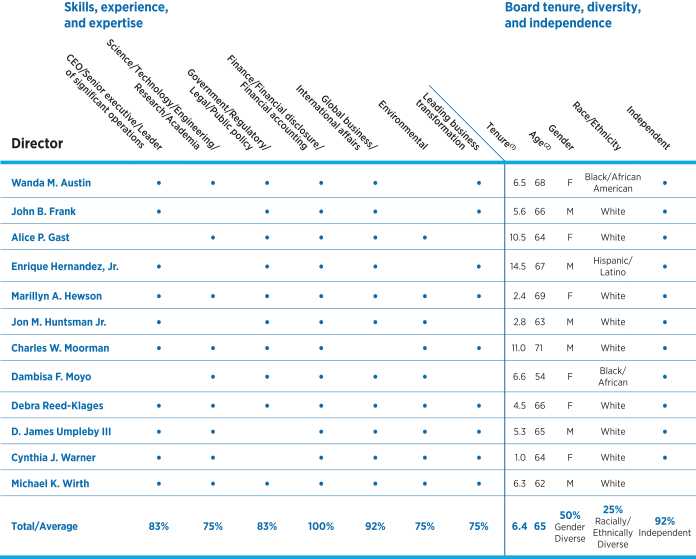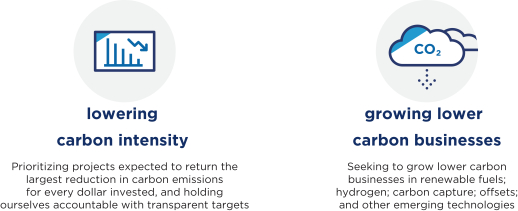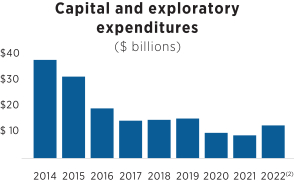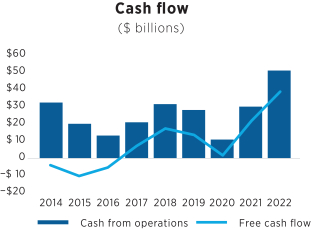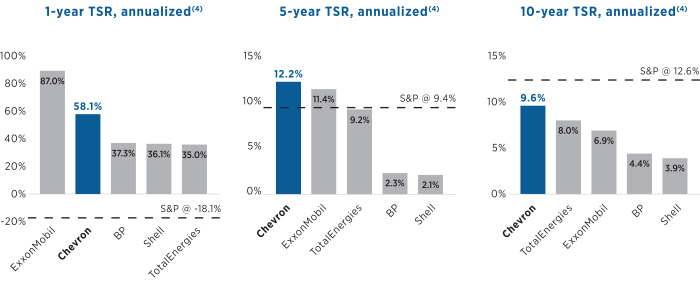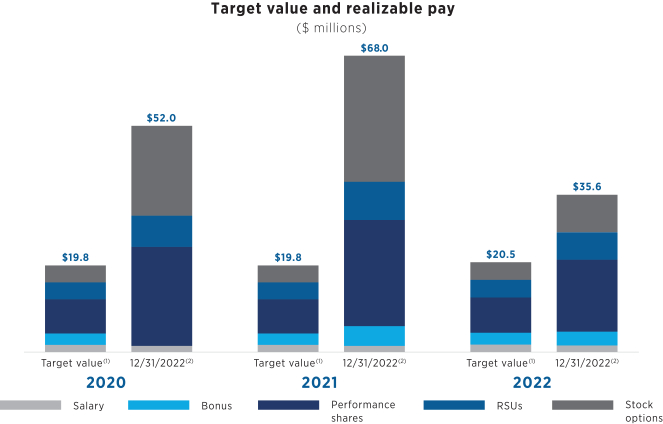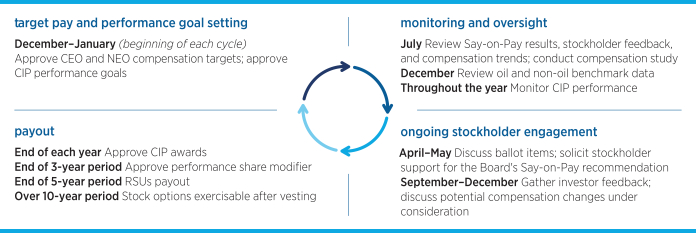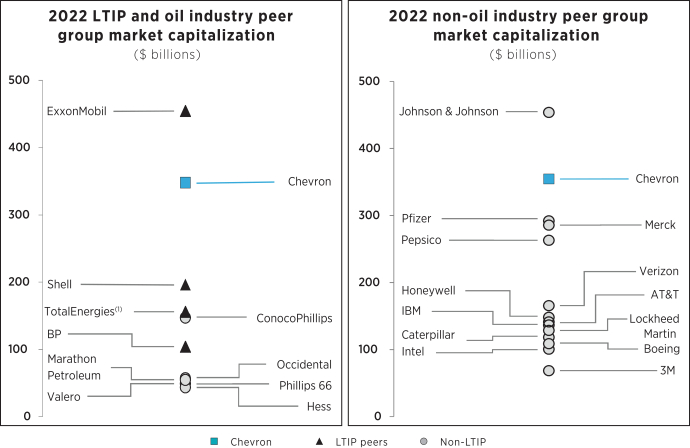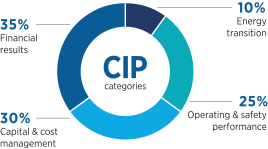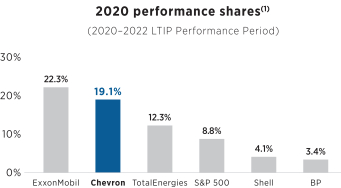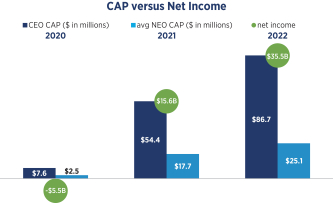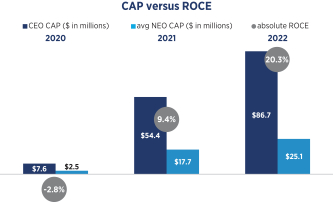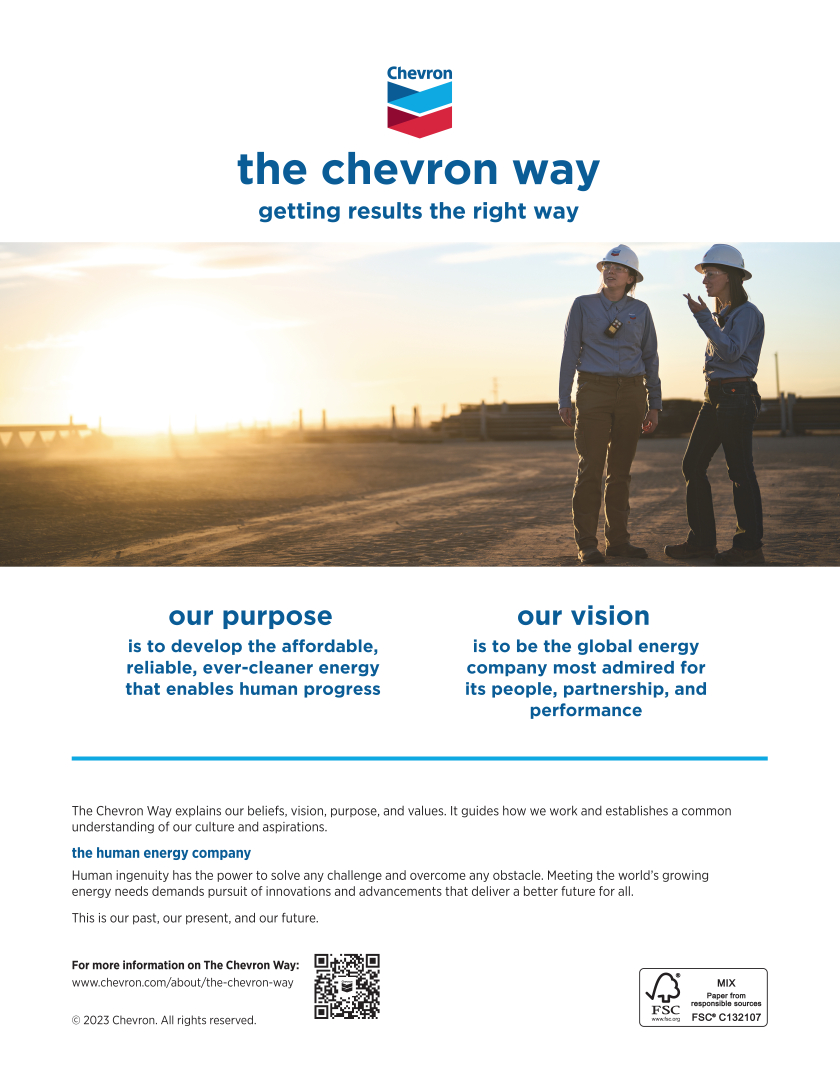2
The cases are:
Jefferson Parish v. Atlantic Richfield Company, et al
.,
No. 732-768
(24th Jud. Dist. Ct., Jefferson Par.);
Jefferson Parish v. Chevron U.S.A. Holdings, Inc., et al.
,
No. 732-769
(24th Jud. Dist. Ct., Jefferson Par.);
Destin Operating Company, Inc., et al
.
No. 732-770
(24th Jud. Dist. Ct., Jefferson Par.);
Jefferson Parish v. Canlan Oil Company, et al.
,
No. 732-771
(24th Jud. Dist. Ct., Jefferson Par.);
Anadarko E&P Onshore LLC, et al.
,
No. 732-772
(24th Jud. Dist. Ct., Jefferson Par.);
ExxonMobil Corporation, et al.
,
No. 732-774
(24th Jud. Dist. Ct., Jefferson Par.);
Equitable Petroleum Corporation, et al.,
No. 732-775
(24th Jud. Dist. Ct., Jefferson Par.);
Plaquemines Parish v. ConocoPhillips Co., et al.
,
No. 60-982
(25th Jud. Dist. Ct., Plaquemines Par.);
,
No. 60-983
(25th Jud. Dist. Ct., Plaquemines Par.);
,
,
No. 60-984
(25th Jud. Dist. Ct., Plaquemines Par.);
,
,
No. 60-985
(25th Jud. Dist. Ct., Plaquemines Par.);
Equitable Petroleum Corporation, et al.
,
No. 60-986
(25th Jud. Dist. Ct., Plaquemines Par.);
Plaquemines Parish v. June Energy, et al.
,
No. 60-987
(25th Jud. Dist. Ct., Plaquemines Par.);
Linder Oil Company, et al.
,
No. 60-988
(25th Jud. Dist. Ct., Plaquemines Par.);
Plaquemines Parish v. Riverwood Production Company, et al.
,
No. 60-989
(25th Jud. Dist. Ct., Plaquemines Par.);
.,
No. 60-990
(25th Jud. Dist. Ct., Plaquemines Par.);
Plaquemines Parish v. Northcoast Oil Company, et al.
,
No. 60-992
(25th Jud. Dist. Ct., Plaquemines Par.);
Plaquemines Parish v. Goodrich Petroleum Company, L.L.C., et al.
,
No. 60-994
(25th Jud. Dist. Ct., Plaquemines Par.);
Devon Energy Production Company, L.P., et al.
,
No. 60-995
(25th Jud. Dist. Ct., Plaquemines Par.);
Rozel Operating Co., et al.
,
No. 60-996
(25th Jud. Dist. Ct., Plaquemines Par.);
Palm Energy Offshore, L.L.C., et al.
,
No. 60-997
(25th Jud. Dist. Ct., Plaquemines Par.);
Plaquemines Parish v. Great Southern Oil
& Gas Company, Inc., et al.
,
No. 60-998
(25th Jud. Dist. Ct., Plaquemines Par.);
Hilcorp Energy Company, et al.
,
No. 60-999
(25th Jud. Dist. Ct., Plaquemines Par.);
Plaquemines Parish v. Apache Oil Corporation, et al.
,
No. 61-000
(25th Jud. Dist. Ct., Plaquemines Par.);
Campbell Energy Corporation, et al.
,
No. 61-001
(25th Jud. Dist. Ct., Plaquemines Par.);
,
,
No. 61-002
(25th Jud. Dist. Ct., Plaquemines Par.);
Cameron Parish v. Alpine Exploration Companies, Inc., et al.
,
No. 10-19580
(38th Jud. Dist. Ct., Cameron Par.);
Anadarko E&P Onshore, LLC, et al.
,
No. 10-19578
(38th Jud. Dist. Ct., Cameron Par.);
Cameron Parish v. Apache Corporation (of Delaware), et al.
,
No. 10-19579
(38th Jud. Dist. Ct., Cameron Par.);
.
., et al.,
No. 10-19582
(38th Jud. Dist. Ct., Cameron Par.);
.
Ballard Exploration Company, Inc., et al.
,
No. 10-19574
(38th Jud. Dist. Ct., Cameron Par.);
Cameron Parish v. Bay Coquille, Inc., et al.
,
No. 10-19581
(38th Jud. Dist. Ct., Cameron Par.);
Cameron Parish v. BEPCO, LP, et al.
,
No. 10-19572
(38th Jud. Dist. Ct., Cameron Par.);
Cameron Parish v. BP America Production Company, et al.
,
No. 10-19576
(38th Jud. Dist. Ct., Cameron Par.);
Cameron Parish v. Brammer Engineering, Inc., et al
.,
No. 10-19573
(38th Jud. Dist. Ct., Cameron Par.);
.
Burlington Resources, et al.
,
No. 10-19575
(38th Jud. Dist. Ct., Cameron Par.);
Stutes v. Gulfport Energy Corporation, et al.
, No. 102,146 (15th Jud. Dist. Ct., Vermilion Par.);
St. Bernard Parish v. Atlantic Richfield, et al.
,
No. 16-1228
(34th Jud. Dist. Ct. St., Bernard Par.);
City of New Orleans v. Apache Louisiana Mins, LLC, et al.
, No.
(E.D. La.).
